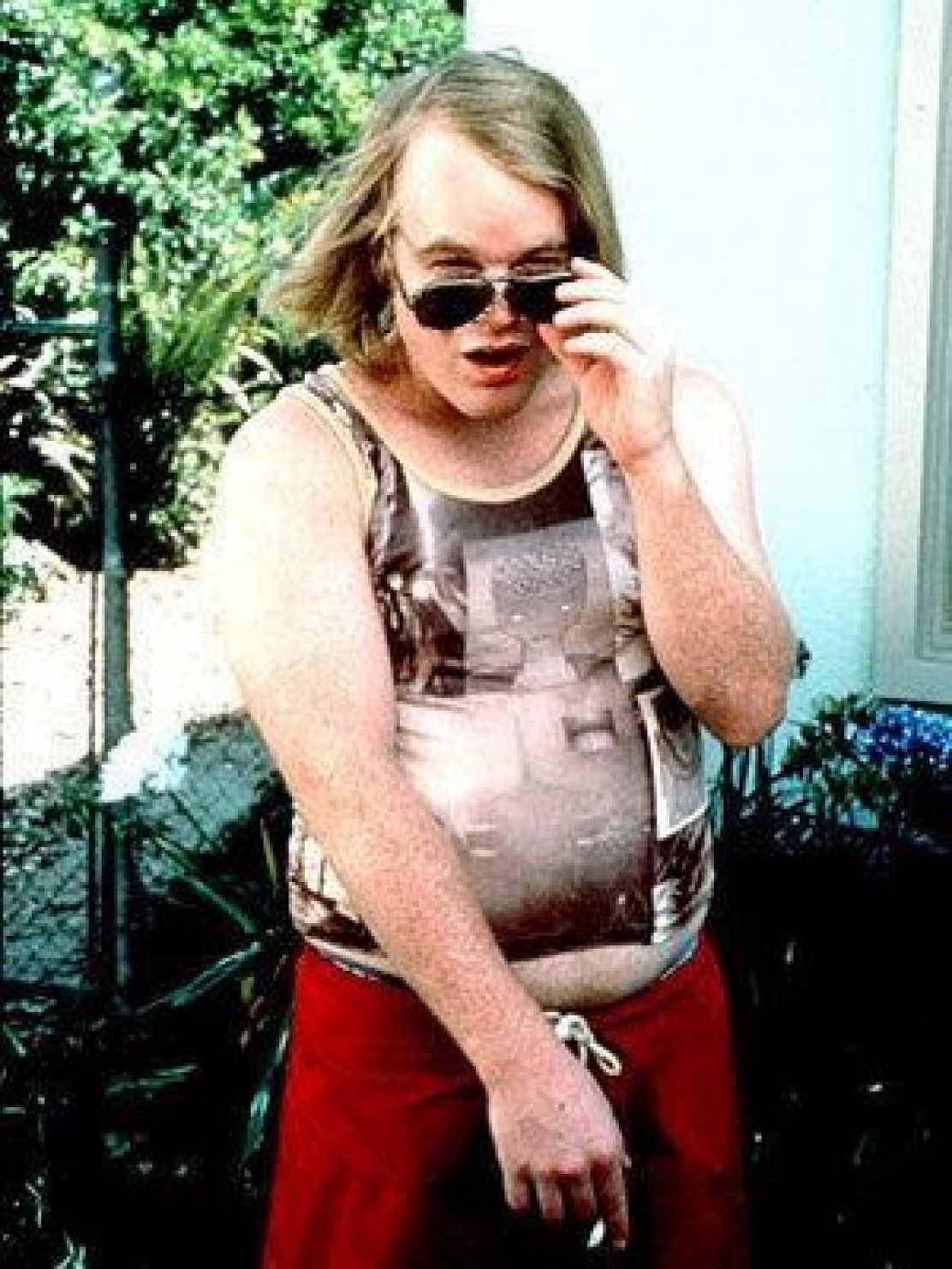I’m ashamed to admit that The Scene was not my first studio preference. As such, I might have been in a bad mood when reading the studio guide for the first time. I can’t remember. I do remember distinctly having very, very little idea of what the next semester would entail. The concept of coverage seemed to me interchangeable with that of filmmaking. If a film is comprised of many scenes, surely all filmmaking was was creating scenes? While that might remain true, the approach to the scene as a completely independent piece of work has changed the meaning of what I consider when I re-read the studio guide.
I was confused also about the ‘two meanings’ of coverage – one which holds the script above the camera, and one which revels in the artistry and unique nature of cinema. While I was aware that obviously some films created more interesting and dynamic scenes, I kind of felt that the script was to be obeyed first and foremost. I think that now, after creating entirely disconnected scenes, it’s less important than the way a director chooses to express the action through the camera. Because all we shoot is taken entirely out of context, the meaning of the scene rests entirely in how the director reads it and subsequently covers it. I mentioned in previous posts that our group noted a large element of tension in the Night Train scene, while the other group found it comedic. We covered the scenes according to how we read them respectively, and both became legitimate standalone scenes.
That, I think, summarises most succinctly my understanding of The Scene at this point. It’s irrelevant what proceeds or succeeds any given scene, each one is a self contained piece of work which requires its own thought and attention, and most specifically, decoupage.
